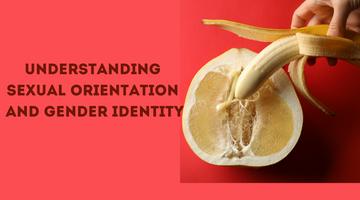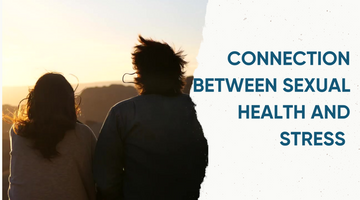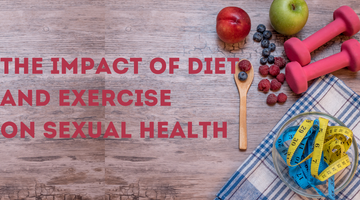
Sexual orientation refers to an individual's enduring pattern of emotional, romantic, and/or sexual attractions to men, women, both genders, or neither gender. It is an innate aspect of a person's identity and is not something that can be chosen or changed. There are several recognized sexual orientations, including:
- Heterosexuality: Attraction to individuals of the opposite gender.
- Homosexuality: Attraction to individuals of the same gender.
- Bisexuality: Attraction to individuals of both genders.
- Pansexuality: Attraction to individuals regardless of gender identity.
- Asexuality: Lack of sexual attraction to others.
It's important to note that sexual orientation is separate from gender identity, which refers to a person's internal sense of their own gender. Gender identity can be male, female, non-binary (a term used to describe individuals who identify as neither male nor female), or another identity that aligns with the individual's deeply felt sense of self.
The history of understanding and acceptance of sexual orientation and gender identity is long and complex. In the past, homosexuality was considered a mental illness and was subject to criminalization in many countries. However, in recent decades, there has been a growing understanding and acceptance of diverse sexual orientations and gender identities, thanks in part to the advocacy of the LGBTQ+ community.
One of the key challenges facing individuals with diverse sexual orientations and gender identities is discrimination. This can take many forms, including violence, harassment, and marginalization. In some countries, LGBTQ+ individuals may face legal barriers, such as being unable to marry their partner or adopt children. In other cases, individuals may face discrimination in their personal and professional lives, including being denied employment or housing.
It's important to recognize that discrimination and prejudice against individuals with diverse sexual orientations and gender identities is unacceptable. We can all play a role in creating a more inclusive and supportive society by educating ourselves and speaking out against discrimination. This includes learning about the experiences and challenges faced by LGBTQ+ individuals, as well as actively seeking out and amplifying their voices and perspectives.
One way to support individuals with diverse sexual orientations and gender identities is to use appropriate language and terminology. This means avoiding derogatory terms and instead using language that respects and affirms individuals' identities. It also means using the correct pronouns (he/him, she/her, they/them) when referring to individuals, and being mindful of the words and phrases we use to describe gender and sexual orientation.
Another way to show support is to be an ally, which means using your privilege and voice to advocate for and support individuals who experience discrimination. This can involve speaking up when you hear negative comments or behaviors, volunteering for LGBTQ+ organizations, and supporting policies that promote equality and inclusivity.
In conclusion, sexual orientation and gender identity are complex and diverse concepts that are essential to understanding and respecting individuals. By educating ourselves and being active allies, we can create a more inclusive and supportive society for all.




